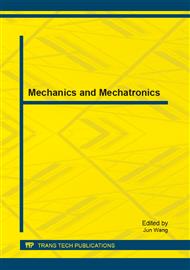p.784
p.790
p.795
p.801
p.808
p.814
p.820
p.826
p.837
Research of Poison Gas Diffusion and Emergent Ventilation in Large Space Buildings with Obstacles
Abstract:
Using the numerical simulation method analyze the free diffusion process of poison gas (chlorine) and the effect that control - exhaust type emergency ventilation system on gas diffusion and transport in large space buildings. Results show that internal obstacles in large space buildings have a direct impact to the Chlorine free diffusion, the concentration of the upper area near the obstacles and the following regions lower than them which face the poison gas source is obviously higher than the back area, the control-exhaust type emergent ventilation can overcome the restrictions of obstructions well, control chlorine gas diffusion and transport process effectively, the ground slot jet not only limits the diffusion of chlorine source term area to other areas, but also discharges chlorine gas of control-exhaust type emergent ventilation which spreads to other areas before the work, reduces chlorine gas concentration of human activity height range area.
Info:
Periodical:
Pages:
808-813
Citation:
Online since:
October 2013
Authors:
Price:
Сopyright:
© 2013 Trans Tech Publications Ltd. All Rights Reserved
Share:
Citation:


